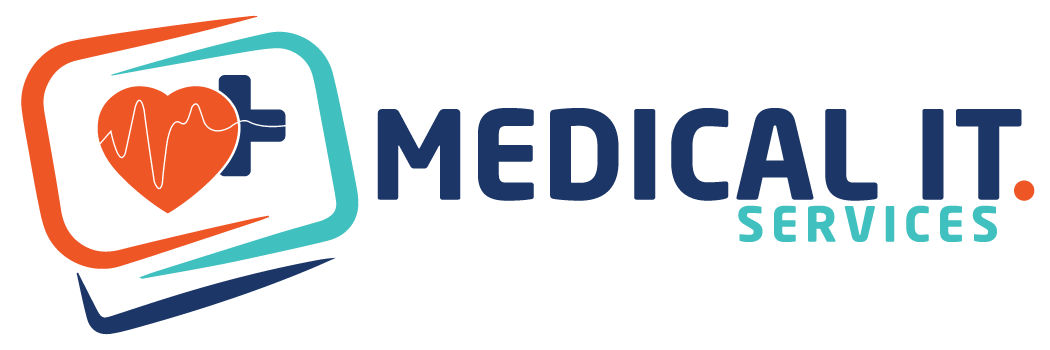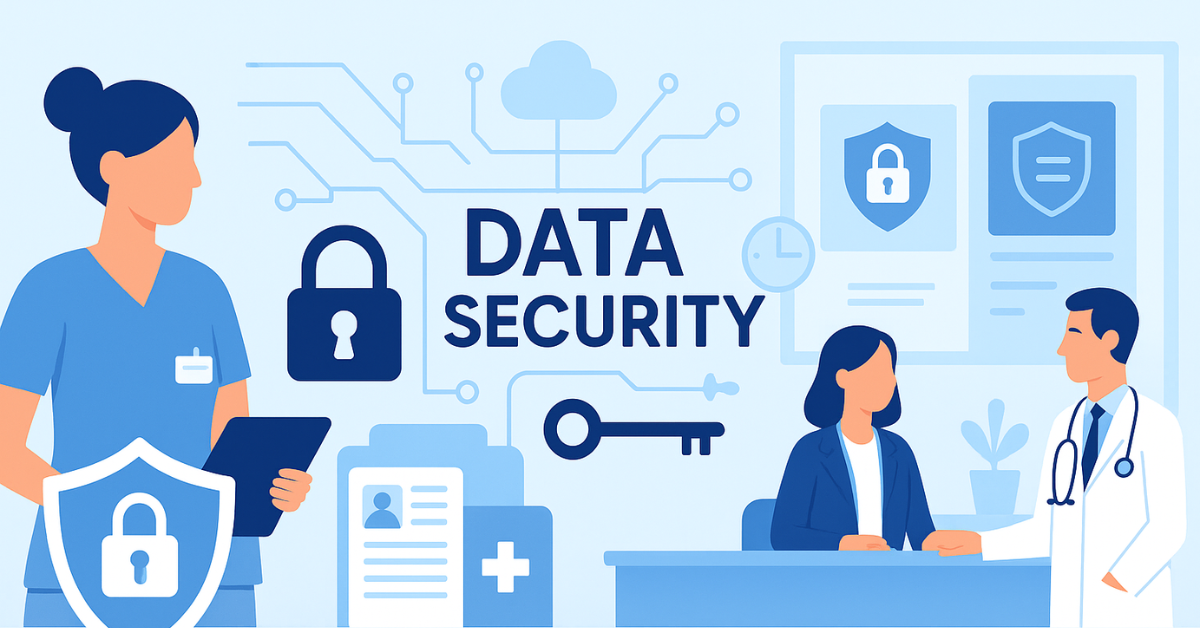In the modern world, technology is used to run practically every aspect of a corporation…

Tired of Waiting Hours for IT Help? How Responsive Sydney IT Support Solutions Minimize Practice Downtime
In the meticulously calibrated environment of a modern Sydney IT Support for medical practices. The steady rhythm of daily operations is a testament to precision and care. From the moment the first patient checks in to the finalisation of the last consultation note. Every process is interconnected, relying on a silent, digital backbone. This backbone is the practice’s information technology infrastructure. When it functions seamlessly, it is almost invisible. But when it fails—when a server falters, a network connection drops, or software glitches—the consequences are immediate, profound, and far-reaching.
The traditional model of IT support, often characterised by a reactive “break-fix” approach, is fundamentally ill-suited to the demands of contemporary healthcare. The notion of submitting a help desk ticket and waiting hours, or even days, for a resolution is not merely an operational inefficiency; it represents a critical vulnerability in the patient care continuum. For practice managers and healthcare practitioners across Sydney, this lingering anxiety is all too familiar. The question is no longer if a technical failure will occur, but how swiftly and effectively it will be resolved.
This document explores the transformative shift from reactive troubleshooting to strategic, proactive Sydney IT support. We will delve into the specific mechanisms through which modern IT support solutions are engineered not only to resolve issues but to anticipate and prevent them, thereby safeguarding the operational integrity, financial health, and, most importantly, the quality of patient care within Medical practices.
Tangible and Intangible Costs of IT Downtime in Medical Practices
To fully appreciate the value of robust IT support, one must first understand the multifaceted impact of system failures. The cost extends far beyond the immediate frustration of a frozen screen.
Direct Clinical Disruptions and Patient Care Implications
The most critical consequence of IT downtime is its direct effect on clinical decision-making. Consider a scenario where the Electronic Health Record (EHR) system becomes inaccessible. Instantly, clinicians lose a vital repository of patient data: past medical history, current medication lists, known allergies, and recent laboratory results. This absence of information forces a return to analogue methods, which are inherently slower and prone to error. Diagnostic imaging systems, such as those for X-rays or MRIs, are deeply integrated into network storage. Also a failure here can delay diagnosis, postpone treatment plans, and create significant anxiety for patients awaiting results. The very tools designed to enhance care become points of failure, potentially compromising patient safety.
Operational and Administrative Paralysis
Parallel to the clinical standstill is the administrative gridlock. Practice management software is the hub for scheduling, billing, and communication. A failure cripples the front desk’s ability to manage appointments, check in patients, or process Medicare claims. The waiting room quickly fills with patients whose records cannot be retrieved, whose appointments cannot be confirmed, and whose billing cannot be processed. This logjam creates a ripple effect, leading to extended wait times, staff burnout as they attempt to manage the chaos manually, and a significant backlog that can take days to clear. The efficiency gains offered by digital systems are instantly reversed, plunging the practice into operational disarray.
Financial and Reputational Damage
The financial ramifications are both immediate and long-term. Direct revenue loss occurs from missed appointments and delayed procedures. Indirect costs include overtime payments for staff working to rectify the backlog, potential regulatory fines for non-compliance with data handling standards, and the capital outlay for emergency repairs. Perhaps more damaging is the erosion of patient trust. In an era where convenience and reliability are highly valued, repeated technical failures project an image of incompetence and disorganisation. Patients may choose to take their business to a more technologically stable competitor, leading to a gradual but steady decline in patient retention.
Data Security Vulnerabilities
IT downtime is not always an innocent technical fault; it can be a symptom of a malicious cyberattack, such as a ransomware infection. During an outage, the practice’s defences are compromised. Even if the cause is benign, the period of instability can expose vulnerabilities in the system. For Medical practices, which are custodians of extremely sensitive personal information, a data breach is a catastrophic event. It violates patient confidentiality, breaches the Australian Privacy Principles, and can result in monumental reputational damage and legal liability. A reactive IT model only addresses these security flaws after they have been exploited, which is often too late.
Anatomy of Proactive Sydney IT Support
The limitations of the break-fix model have given rise to a more sophisticated, partnership-based approach. Proactive Sydney IT support is not a single service but a comprehensive framework designed to maintain system health and prevent problems before they impact the practice.
The Principle of Continuous, Remote Monitoring
The cornerstone of proactive support is 24/7 network monitoring. This is not merely passive observation but an active, analytical process. Advanced monitoring tools are deployed across the practice’s network infrastructure, constantly collecting data on thousands of parameters: server processor load, hard drive health (using S.M.A.R.T. analytics), network bandwidth utilisation, firewall integrity, and memory usage. These tools establish a performance baseline for the network. When metrics deviate from this baseline—for instance, a hard drive showing an increasing number of read errors, or a server exhibiting abnormally high temperatures—the system generates an immediate alert.
The IT support solutions team receives this alert in real-time, often before any user within the practice is aware of an issue. This allows technicians to investigate and remediate the problem remotely, frequently during off-peak hours. A failing hard drive can be flagged for replacement during a scheduled maintenance window, preventing a catastrophic server crash in the middle of a busy clinic. This predictive maintenance model transforms IT management from a discipline of crisis response to one of calm, planned intervention.
Strategic IT Partnership and Business Alignment
Also, a truly effective IT provider functions as a strategic partner, not a distant vendor. This begins with a deep-dive discovery process to understand the unique workflows, challenges, and goals of the practice. How do nurses access patient charts? How are prescriptions sent to pharmacies? What is the flow of information from a specialist to a GP?
With this intimate knowledge, the IT partner can design and implement IT solutions that are not just technically sound but also enhance clinical workflows. They can advise on technology that directly improves patient care, such as secure patient portals for communication, integrated telehealth platforms, or automated backup systems for clinical data. This alignment ensures that technology investments deliver tangible returns in efficiency, patient satisfaction, and staff morale.
The Mechanics of Rapid Response and Transparent Communication
Despite the best proactive measures, unforeseen issues can occur. The differentiating factor is the response protocol. A professional Sydney IT support provider will operate under a clear Service Level Agreement (SLA) that guarantees specific response times, often categorised by the severity of the issue. A critical, practice-wide outage would trigger an immediate, all-hands-on-deck response, while a non-critical software issue would be scheduled appropriately.
Perhaps as important as the speed of the technical response is the quality of communication. The practice manager or designated contact should receive prompt, clear, and jargon-free updates. These communications should outline the identified problem, the root cause, the steps being taken to resolve it, and a realistic estimated time for restoration. This transparency is crucial for managing internal expectations, allowing clinical staff to reassure patients and adjust schedules accordingly, thereby maintaining confidence and control during a disruptive event.
Architecting Robust Data Security and Ensuring Regulatory Compliance
For Medical practices, data security is a non-negotiable component of operational integrity. Proactive IT support builds a multi-layered security architecture designed to protect against evolving threats. This includes:
-
Perimeter Defence: Next-generation firewalls that inspect incoming and outgoing traffic for malicious activity.
-
Endpoint Protection: Advanced antivirus and anti-malware software on all workstations and devices, capable of detecting and quarantining zero-day threats.
-
Data Encryption: Encrypting sensitive patient data both when it is stored (at rest) and when it is being transmitted across the network (in transit).
-
Access Control: Implementing strict role-based access policies to ensure staff can only access the patient information necessary for their duties.
Furthermore, a proficient provider of IT services Sydney will have a thorough understanding of the regulatory landscape, including the Privacy Act 1988 and the Australian Privacy Principles. They will help ensure the practice’s IT policies and infrastructure are compliant, reducing legal risk and reinforcing patient trust.
The Imperative of Scalability and Strategic Planning
Also, successful medical practice is a growing practice. This growth may involve adding new practitioners, expanding to new locations, or incorporating new specialities and their associated technologies. Scalable IT support solutions are designed with this future growth in mind. The network infrastructure, from server capacity to wireless access points, should be able to expand seamlessly without requiring a complete and costly redesign. A strategic IT partner will engage in regular technology review meetings to anticipate future needs, plan budgets for necessary upgrades, and ensure that the practice’s digital foundation is always capable of supporting its ambitions.
The Universal Need for Quality Sydney IT Support
While our primary focus is on the specific needs of Sydney IT support, it is important to recognise that these challenges and solutions are universal. The principles of proactive monitoring, strategic partnership, and robust security are equally critical for businesses in other regions. For instance, organisations seeking comprehensive IT solutions Perth would benefit from an identical framework. The climate and geography may differ, but the fundamental requirement for a stable, secure, and efficient IT environment that drives business success remains a constant. The common thread is the move away from viewing IT as a cost centre to be minimised, and towards embracing it as a strategic asset to be optimised.
Conclusion
The decision to transition from a reactive, break-fix IT relationship to a proactive, strategic partnership with a Sydney IT support. Specialist is one of the most significant investments a medical practice can make. It is an investment that pays dividends not in quarterly reports alone, but in the daily smoothness of operations. The confidence of clinical staff, and the trust of patients.
By implementing a framework built on continuous monitoring, strategic alignment, rapid response. And unshakeable security, modern IT support solutions effectively inoculate a practice against the disruptive and costly plague of unexpected downtime. They transform technology from a perennial source of anxiety into a reliable engine for growth and excellence. In the final analysis, partnering with a dedicated IT support provider is not merely a technical procurement. It is a definitive statement about the practice’s commitment to operational resilience, regulatory compliance. And, above all, the unwavering delivery of exceptional patient care.
The era of waiting helplessly for IT help is over. The future of healthcare delivery is proactive, predictable, and powered by intelligent technology partnerships.



